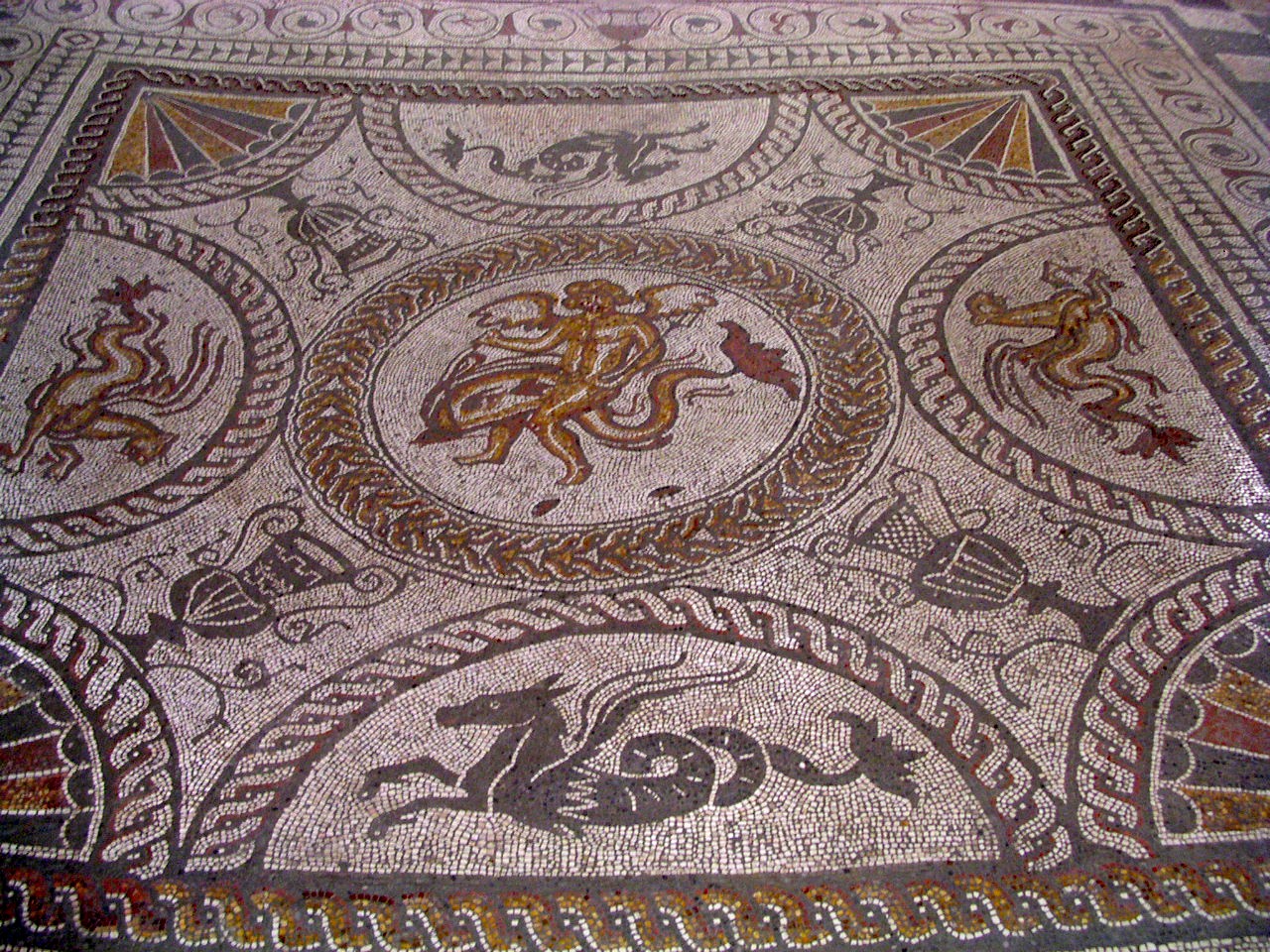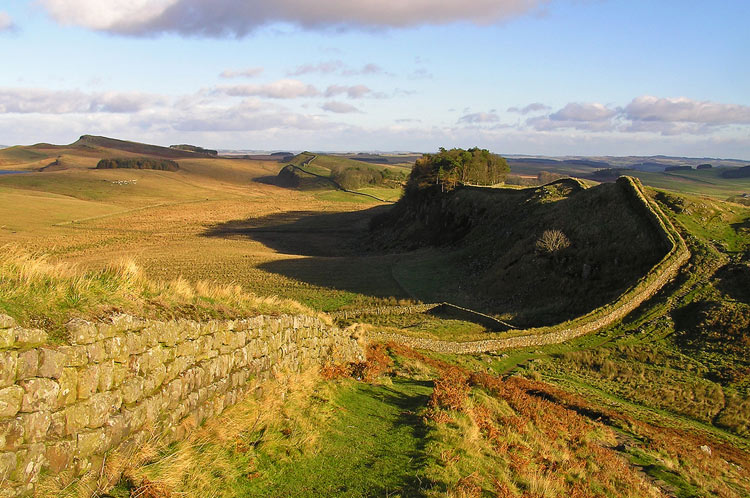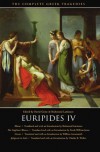Currently reading
The Real Lives of Roman Britain , by Guy de la Bédoyère

1st Century Roman mosaic in the Roman palace at Fishbourne, Chichester
Though Britons in the Southeast had commercial dealings with the Roman Empire and tribal leaders had been displaying their status by bringing prestige items across the Channel for quite some time, they didn't feel the weight of the Empire until Julius Caesar's adventures on the scepter'd isle in the summers of 55 and 54 BCE. But Caesar had other matters on his plate and left, taking his army with him. Subsequent invasions were planned by Augustus and Caligula, but it was Emperor Claudius who sent four legions to occupy the island in 43 CE. The Roman army would remain until approximately the year 410 - the aftereffects of Roman civilization would remain significantly longer.
As Guy de la Bédoyère warns, The Real Lives of Roman Britain (2015) is not a history of Roman Britain, it is a glimpse into what can be retrieved about the lives of the people who lived there and then. Some history is related for context, of course, but the focus is on culture with a small "c" and "normal" life as evidenced by archaeological digs, numismatics, funerary and other inscriptions, the Vindolanda tablets(*) and the like.
For the most part, this is done very soberly. Along with explicitly declining to pass a value judgment on the occupation, de la Bédoyère doesn't choose to tell the most colorful versions of his tales. For example, instead of playing all the registers of the well known story of Boudica as embellished by later fabulists for various purposes, de la Bédoyère explains what little one really can know and what motivated Tacitus and Cassius Dio to set the legend in motion in the first place. So, this is not a popularization of the egregious sort one might be led to expect by the title. (The fact that the book is published by the Yale University Press is also a hint.) On the other hand, it is also no dry-as-dust academic monograph of the sort I have been reading lately (and learning a great deal from). The roughly chronological organizing principle suggested on the level of chapters is constantly violated in the very digressive paragraphs, as is seemingly any other likely form of organization.
Though the famous make their cameo appearances, the author draws our attention to the Thracian trooper, Longinus Sdapeze, who died at forty after fifteen years in the saddle on Rome's behalf - before he had reached the magic number of 25, at which he would have become a Roman citizen; and Saturninus Gabinius, the "most idiosyncratic" of the water nymph Coventina's adherents, who fabricated from clay two curious incense burners and proudly inscribed them with his name; and the Gaulish import/export businessman, Lucius Viducius Placidus, who was so successful that he made a dedication to a local goddess in what is now Holland and paid for a gate and arch in a temple precinct in York; and the Briton, Verecunda, daughter of the Dobunni tribe who married a Romanized Gaul, Excingus, and died at thirty-five to be buried in the Roman manner and marked with a Roman tombstone inscribed in Latin. To mention only a few of many. Although each individual emerges out of the shadows of time only briefly to wave and then recede, de la Bédoyère uses them to exemplify the general facts about ordinary life in Roman Britain that he weaves into the discussion.
And so we have here a Sammelsurrium of the activities, customs and beliefs of Roman Britons, as can yet be reconstructed from their traces. (And what a difference there is between the nature and quantity of the pre-Roman traces and the post-Roman!) One finishes the book with the feeling of having glimpsed the ordinary life of the place and time, something that is generally not vouchsafed to the curious by those who write histories.

Model of the Fishbourne palace, built some 30 years after the Claudian invasion
(*) The Vindolanda tablets consist of correspondence and records written on thin sheets of wood that were found in the ruins of a Roman fort on the northern frontier of Roman Britannia. They provide direct insight into the day to day life of the people living and working there around 100 CE. An Oxford website dedicated to these tablets may be found here:
http://vindolanda.csad.ox.ac.uk
It appears that as a young man the poet Juvenal was posted at Alauna, one of those northernmost forts.

A portion of Hadrian's Wall marking, for a time, the northern frontier of Roman Britannia












